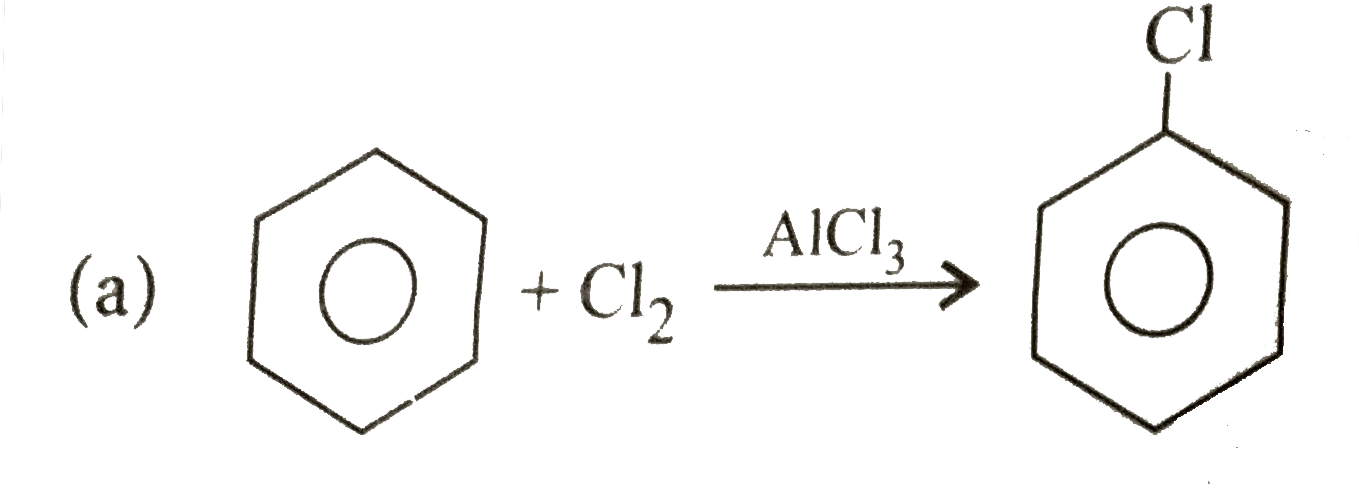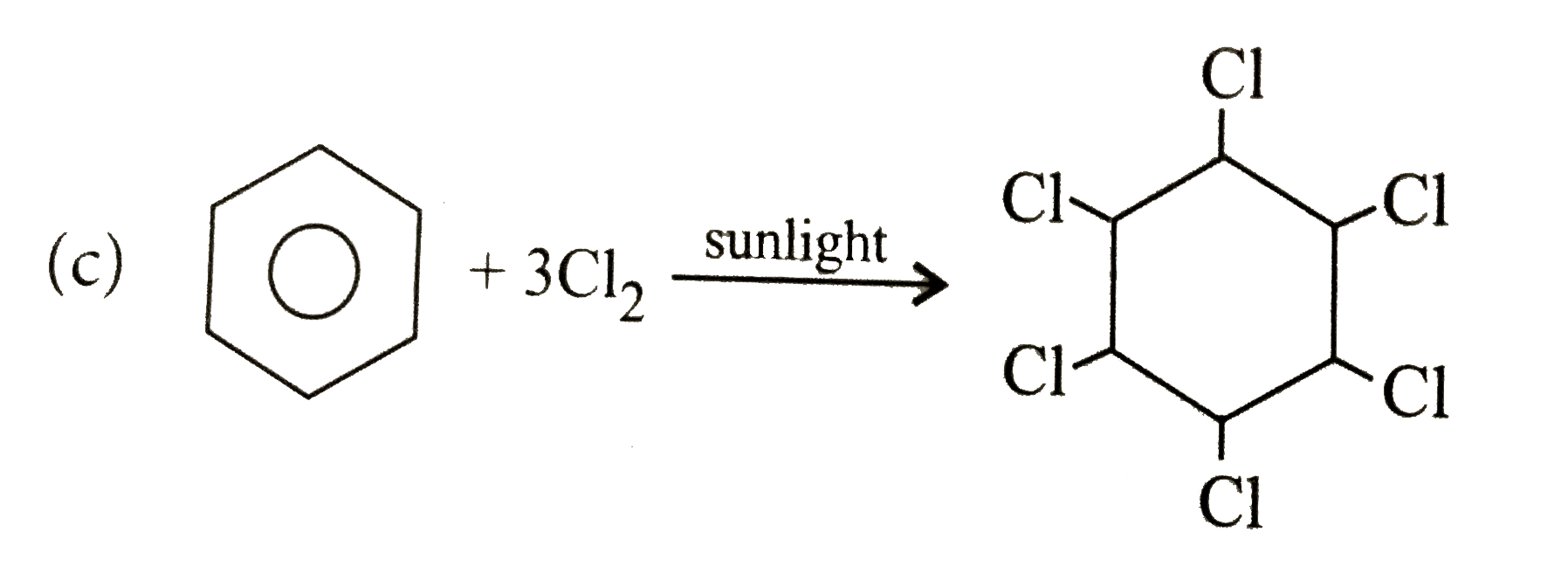Nitration is an example of aromatic electrophilic substitution and its rate depends upon the group already present in the benzene ring. Out of benzene and phenol, which one is more easily nitrated and why ?
Video Solution
Text Solution
The phenolic (-OH) group present on the ring activates the ring towards electrophilic substituation. Therefore , nitration of phenol which is electrophilic substituation in nature porceeds at a faster rate than in benzene where no such acitvating group is present. For details consult section 16
|
Updated on:21/07/2023
Topper's Solved these Questions
- BOOK - DINESH PUBLICATIONCHAPTER - ETHERSEXERCISE - LONG ANSWER TYPE QUESTIONS4videos
ETHERS
- BOOK - DINESH PUBLICATIONCHAPTER - ETHERSEXERCISE - ADDITIONAL IMPORTANT QUESTIONS20videos
ETHERS
- BOOK - DINESH PUBLICATIONCHAPTER - ETHERSEXERCISE - N.C.E.R.T. EXERCISE8videos
ETHERS
- BOOK - DINESH PUBLICATIONCHAPTER - ELECTROCHEMISTRYEXERCISE - ADDITIONAL NUMERICAL PROBLEMS FOR PRACTICE12videos
ELECTROCHEMISTRY
- BOOK - DINESH PUBLICATIONCHAPTER - GENERAL PRINCIPLES AND PROCESSES OF ISOLATION OF ELEMENTS EXERCISE - Brain Storming Multiple Chocie Questions7videos
GENERAL PRINCIPLES AND PROCESSES OF ISOLATION OF ELEMENTS
Similar Questions
Knowledge Check
- Question 1 - Select One
Which of the following reactions is not an example of electrophilic substitution in benzene ring?
A B
B C
C D
D
Out of phenol and benzene, which can be more easily nitrated ?
View SolutionOut of benzene, m–dinitrobenzene and toluene which will undergo nitration most easily and why?
View SolutionOut of benzene, m-dinitrobenzene and toluene which will undergo nitration most easily and why?
View SolutionElectrophilic substitution in case of aromatic amines takes place more readily than benzene. Explain.
View SolutionElectrophilic substitution in case of aromatic amines takes place more readily than benzene. Explain.
View SolutionWhy phenol undergoes electrophilic substitution more easily than benzene?
View SolutionWhat is meant by electrophilic substitution reaction? Explain the mechanism of nitration of benzene.
View Solution

